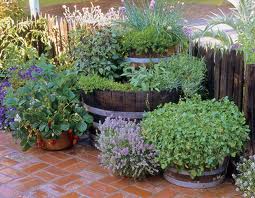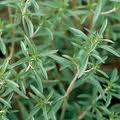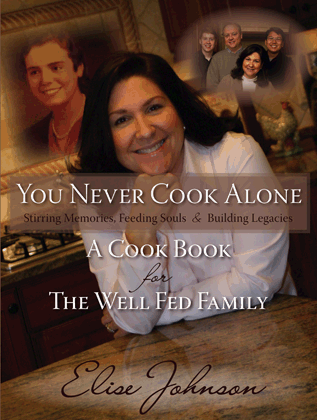I recently received a beautiful large Spice Rack from Dean and Deluca to feature on the My Carolina Today show. This incredible Spice Rack held forty, yes FORTY, different tubes of herbs including savory also known as Saturia Hortensis. Savory is an herb of the mint family, is grown in many different climates and is often combined with other herbs to flavor meats. I love and use many, many different herbs, but I rarely use Savory, so I decided to do a little research.
Savory is also a great addition to salads, soups, eggs and bean dishes. Like lavender and rosemary, some people even use this spice to stuff pillows with.
Out of the two popular savory spices, Winter Savory and Summer Savory, the summer variation, being the more milder of the two, is better known. Summer Savory is an annual plant, and is considered an herb. Often compared to marjoram or thyme, summer savory has a spicy aroma and pungent, peppery flavor that’s milder and less penetrating than its cousin, winter savory. A key ingredient in classic herb blends like bouquet garni and fines herbs, savory is indispensable for kicking up mild foods without overpowering them.
You can use it to brighten everything from omelets to chowders or combine it with snipped chives, lemon and mayonnaise to coat chicken or fish. Summer Savory blooms from July to September, and has tubular lilac colored flowers. It is used by many Canadians in much the same way Sage is used in America. It is a traditional ingredient in stuffing, stews, and meat pies and is often used in German bean dishes. It is available as a dried seasoning year round. Really good chefs use heaping amounts of this spice. It is a very flavorful spice and brings out other flavors in the foods in which it is used.
The amount of herbs used in a recipe always depends on an individual’s preference. In cooking, it is very important to go by the rule of thumb, “season to taste” because everyone’s palate is different. You should rarely decrease the amount of herbs or spices in a recipe unless it is salt or pepper. Unlike baking, spices have little effect upon the chemistry of cooking. For example, if you were to use two eggs instead of one for a muffin recipe, you might run into trouble, but adding two teaspoons of thyme instead of one teaspoon and will not ruin your recipe. It is merely a matter of personal preference. I’ll tell you a secret: I almost always add double or even triple the amount of herbs suggested in a recipe. (“Suggested” being the key word.)
Some good substitutions for savory would be thyme, rosemary or sage.



 Hello, I’m Elise Johnson and I’m so glad you found your way here! From my own experience, cooking and eating together as a family nurtures and strengthens family relationships quicker and stronger than any other way. Join me as I continue my grandmother’s legacy of
inter-generational cooking by inspiring families and friends to make memories in the kitchen.
Hello, I’m Elise Johnson and I’m so glad you found your way here! From my own experience, cooking and eating together as a family nurtures and strengthens family relationships quicker and stronger than any other way. Join me as I continue my grandmother’s legacy of
inter-generational cooking by inspiring families and friends to make memories in the kitchen. 
Hah. Who knew!
Thanks for adding to my kitchen ‘knowledge’ Elise!
You’re welcome, Lori!